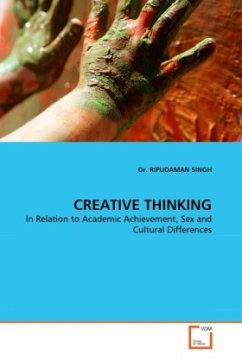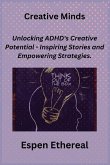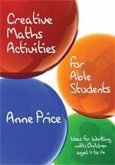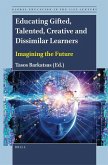Creativity has become a matter of conceivable concern. Today it becomes increasingly important for people to be tap their own creative potentials, not only as a matter of utility but for personal satisfaction. "Human creativity may prove to be the key to success or failure in mankind's quest for knowledge, in his journey beyond the bounds of the sure and the scene, in his exploration of the unknown" Barron(1952). Torrance (1962) defined creativity as a process of becoming sensitive to problem, deficiencies, gaps in knowledge, missing elements, disharmonies and so on; identifying the difficulty, searching for solutions, making guesses, formulating these hypothesis and possibly modifying and retesting them; and finally communicating the results. Ripudaman in 1973 concluded that rural society does not allow over supremacy, cleverness, wild action talks and modernization and all this made the extrovert students rejected and ultimately they became isolated. Girls are significantly more flexible than boys.
Bitte wählen Sie Ihr Anliegen aus.
Rechnungen
Retourenschein anfordern
Bestellstatus
Storno








